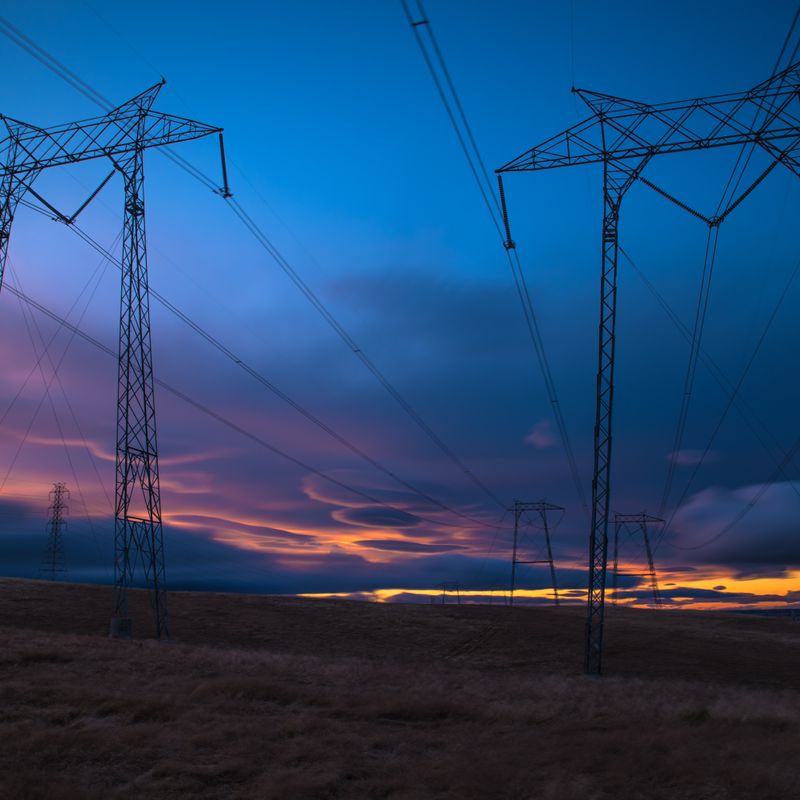
Recent trends have shown patterns of increased spending to allow the energy grids to remain functional. This comes after the most recent bottleneck (a term used to describe distorted costs when energy is in high demand but there is a shortage in supply) was experienced in the UK which was caused by the record temperatures and a corresponding surge in electricity required during the recent heatwave. This led to 5000% more money having to be paid to get Belgium to release energy to the UK to avoid an imminent blackout – this amounted to £9,724.53 per megawatt hour compared to the standard £178 per megawatt hour.
This narrow escape highlights the growing vulnerability of energy transportation networks. Although this is the first time the UK has had to pay in such excess, it’s not the first time the national grid has seen sky-high prices or extremely low prices – sometimes in the negative. Industry executives have voiced their concerns about the growing shortages and predict that further blackouts are becoming dangerously closer.
Spain has also been experiencing the pinch and has led to solar electricity producers in the south having to switch off their plants entirely due to a shortage in energy, while in the north gas-fired power stations are turning on to meet high energy demand. The US has also been experiencing electricity prices dropping below zero, with power plants having to sell their energy due to the grid constraints, and in other areas, consumers are facing record sky-high prices.
In a normal situation, it should be easy enough to send power from elsewhere in the country to help with the shortages, but the problem is simply that not enough investment is being made into the grids and therefore energy is limited and cannot be shared, leaving systems exposed to bottleneck issues.
On average, the world is investing around $300 billion per year into the power grids but this number hasn’t changed since 2015 and ultimately, isn’t enough according to the International Energy Agency. Energy demand has inevitably increased since 2015 and will continue to do so.
With the UK coming so close to a blackout and with other countries clearly feeling the crunch, it is evident that the infrastructure needs to be replaced or upgraded. However, this challenge has been met with opposition against additional pylons being built and high metal prices further compounding the issue. Despite this, the UK and other developed nations are seeking to bypass popular resistance by moving some parts of the grid offshore. This method utilises undersea cables but is not a cheap solution.
Ultimately, if more investment is not put into our energy grids, the risk of a blackout could become a common reality across the globe.
Topics covered
Keep reading...
All blogs-
Diversity and Inclusion
International Women's Day 2022 : An interview with Naomi Smith, Group Head of Compliance & Facili...
-
Diversity and Inclusion
International Women's Day 2022 : An interview with Mindy Prefling, Senior Manager of Client Servi...
-
SO announcements
Volunteering at SO – Mehtap Zorer’s time with Begegnungen 2005 charity
-
SOapbox Season Two
The SOapbox Series | Season 2 Episode 3: All things sustainability
-
Diversity and Inclusion
The SOapbox Series | Season 3 Episode 4: Leading a team to success





